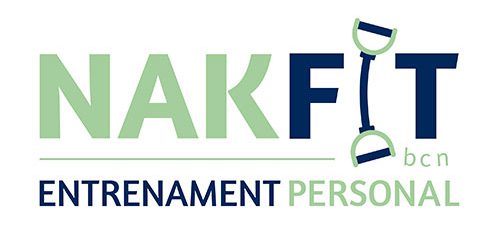What is the Core?
Core means center. It is located in the center of gravity of the body, from where all the movements of the functional kinetic chains are initiated. Its operation is based on a correct balance of length, strength and neuromotor patterns of all the kinetic chains that will allow efficient acceleration, deceleration and lumbopelvic stabilization during movements; it means that core muscles help to generate and transfer the necessary force from the major segments to the small ones of the body during the activities and movements of those.
Elements that make up the Core
The Core, or nucleus of lumbopelvic stability, is composed of different elements and the integrity of them determines the efficiency of CORE.
Neuromuscular element: It is responsible for responding to the detected variations and performing the lumbopelvic corrections, either in the face of sudden situations or organizing compensatory patterns. It is responsible for adjusting the whole body receiving information from the passive and active system.
If there is a dysfunction or alteration of a subsystem, the person will be predisposed to lumbar injuries and non-specific lumbar pain, as well as low performance in sports.
Passive element: Are those structures that lack contractile capacity but help the joint stability of the entire lumbopelvic belt. It consists of bones, joints / joint surfaces, joint capsule, ligaments, cartilages and discs. These structures determine the joint balance and the type of movement and can support a certain degree of loads quite limited.
Active element: It is composed of the core muscles, tendons and fascias, that is, the contractile elements. The muscular subsystem is necessary not only to provide greater loads, but to be able to perform exercises with resistances and activities. There are many muscles that are part of the Core.
The main muscles that are involved in Core training
Transverse abdomen muscle
It is one of the main stabilizers of the sacral-iliac joint. The more stabilization requires a greater degree of contraction, is obtained from the muscle. The main function of this muscle is to create tension on the thoraco-lumbar fascia in its bilateral contraction. It is also associated by co-contraction with the diaphragm, pelvic floor and multifidus. It has a direct relationship between the decrease in its thickness at rest and the appearance of pathologies related to the pubis.
Diaphragm Muscle
It is a main muscle of the body that has two clearly differentiated functions. The first is a respiratory function whose balance is agonist-antagonist with the abdominal muscles. The second is a stabilizing function, synergistically with the abdominal muscles.
It has a direct relationship with the abdominal tone and postural control that results in an improvement of the symptoms of lumbar pain simply with the improvement of diaphragmatic respiratory function.
Multifidus muscle
Oblique-oriented postural muscles located in the spine have insertions in the deep layers of the thoracolumbar fascia. They maintain lordosis and segmental stability within the neutral zone. Its neuromuscular activation is identical to that of the transverse of the abdomen and its activation for the stability of the Core is fundamental.
Pelvic floor muscles
Very important for the stabilization of the lumbopelvic waist especially in the anteroposterior balance. They also support abdominal contents and have a large role in urinary and fecal control. It is co-active next to the transversus abdominis to stabilize the pubic symphysis, the S1 joints and the pelvis.
Square lumbar muscle
Muscle that links the motor activity of the vertebrae having a large lever arm through the transverse processes and has insertions in the rib cage and pelvis
Internal oblique muscle
Muscle whose activity is very similar to the transverse of the abdomen and many of its fibers are parallel to this. It is included in the stabilizing system of the lumbopelvic belt or belt because of its many insertions in the thoraco-lumbar fascia.

Exercises to strengthen your core muscles
Different types of abs,
Bridge,
Column rotations,
Bird-dog exercise,
Plank:
- Plank
- Lateral plank



Leave a Reply